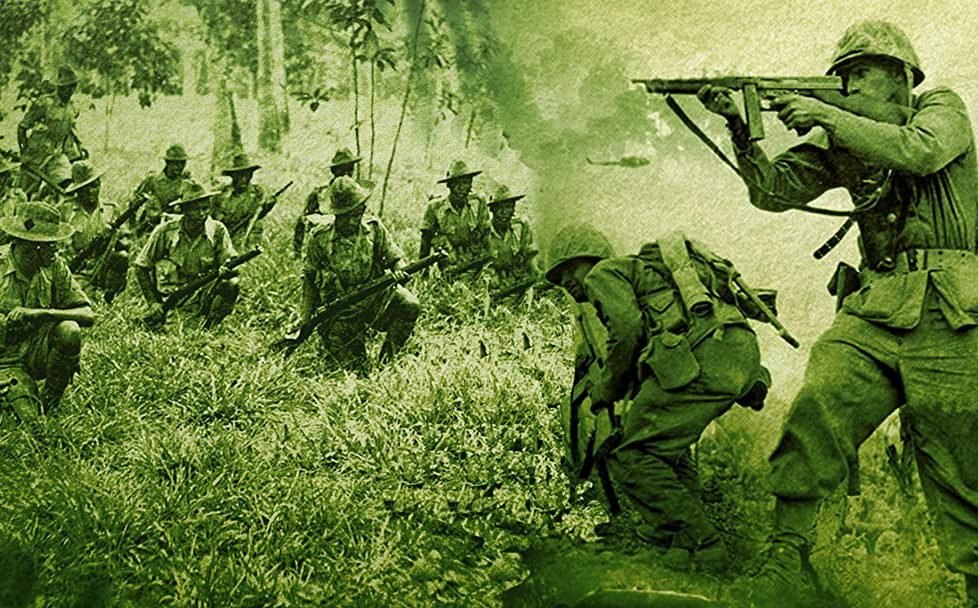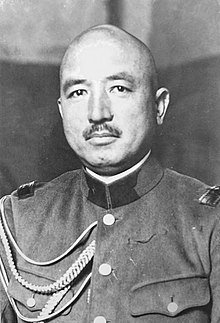INDIAN NATIONAL ARMY – THE UNSHEATHED SWORD
A great war was being fought in the world and in its midst, in a dense rain forest in the east, the "greatest battle" was being fought by soldiers, peasants, clerks and coolies against the mightiest empire the world had ever seen. This is their story. This is the story of a leader who would be King - of hearts.
















